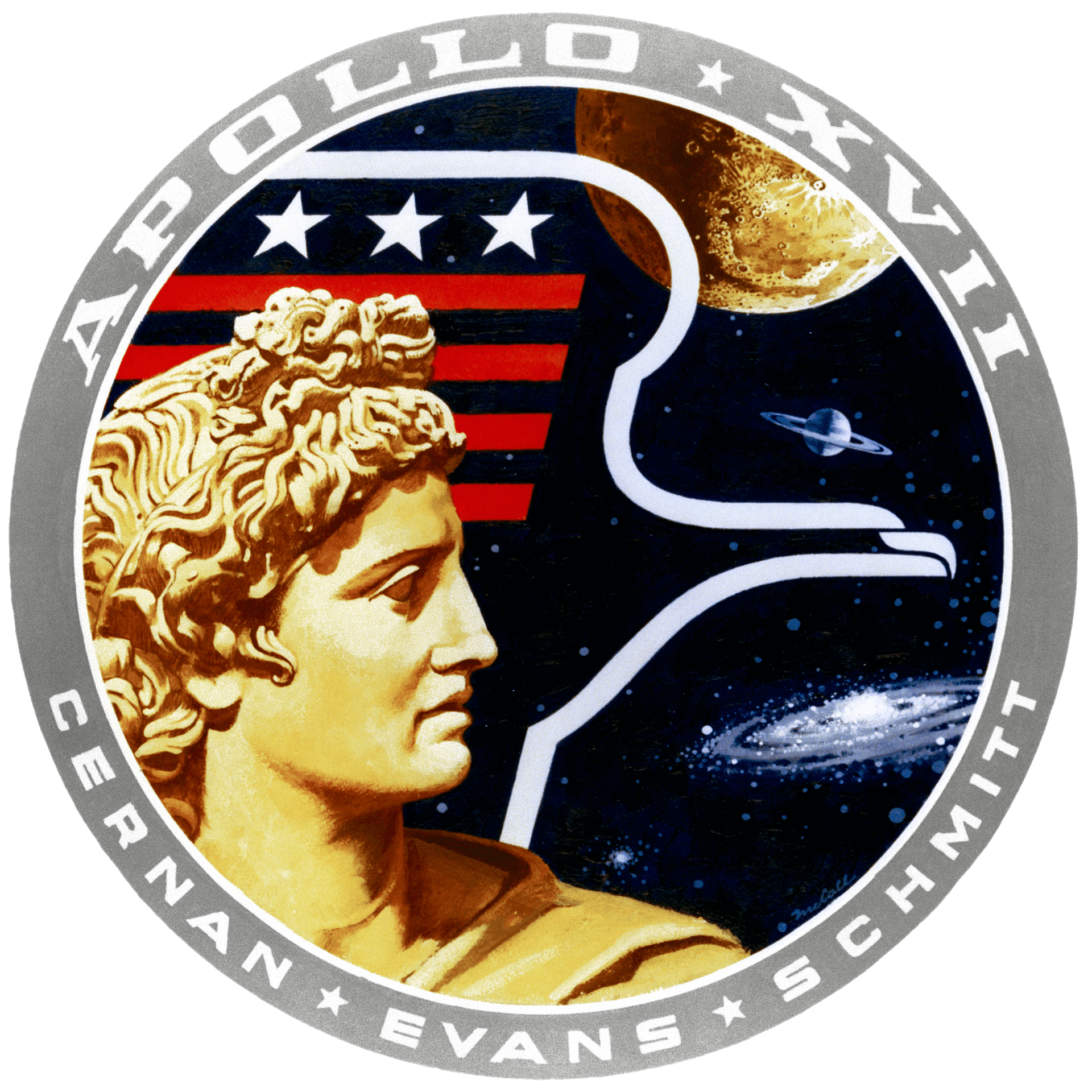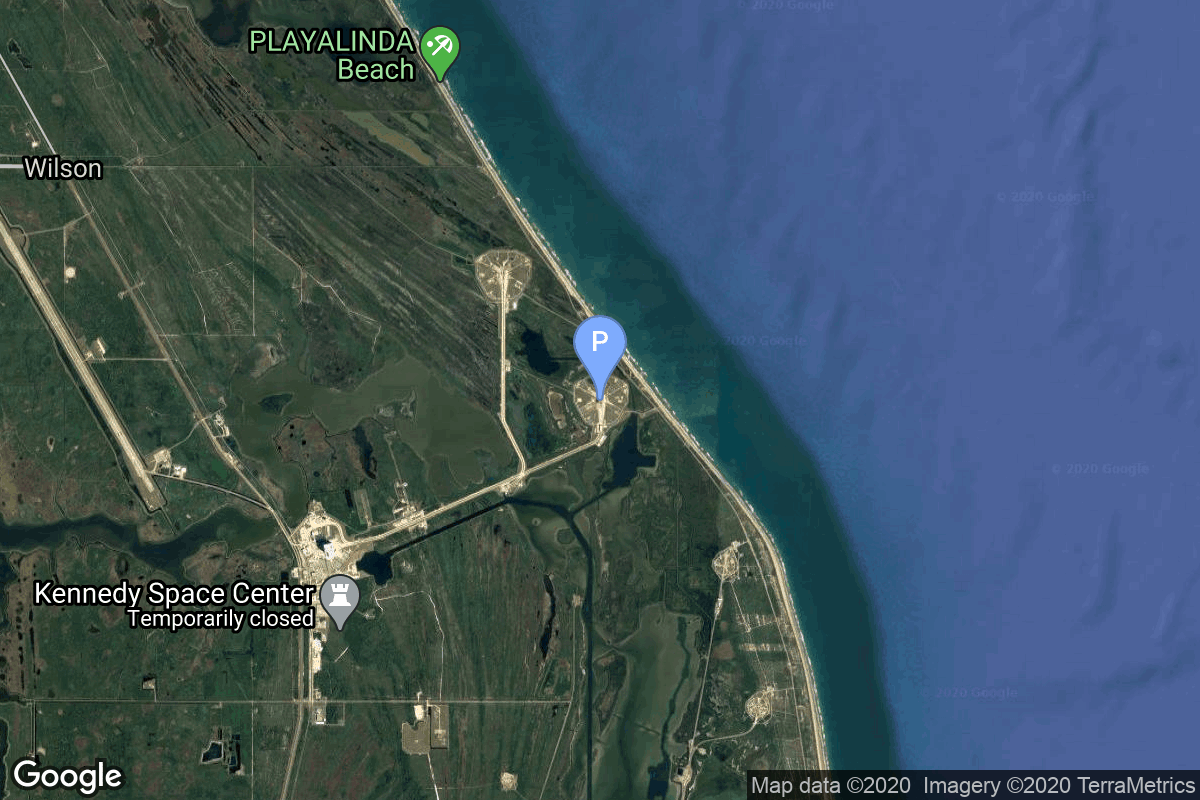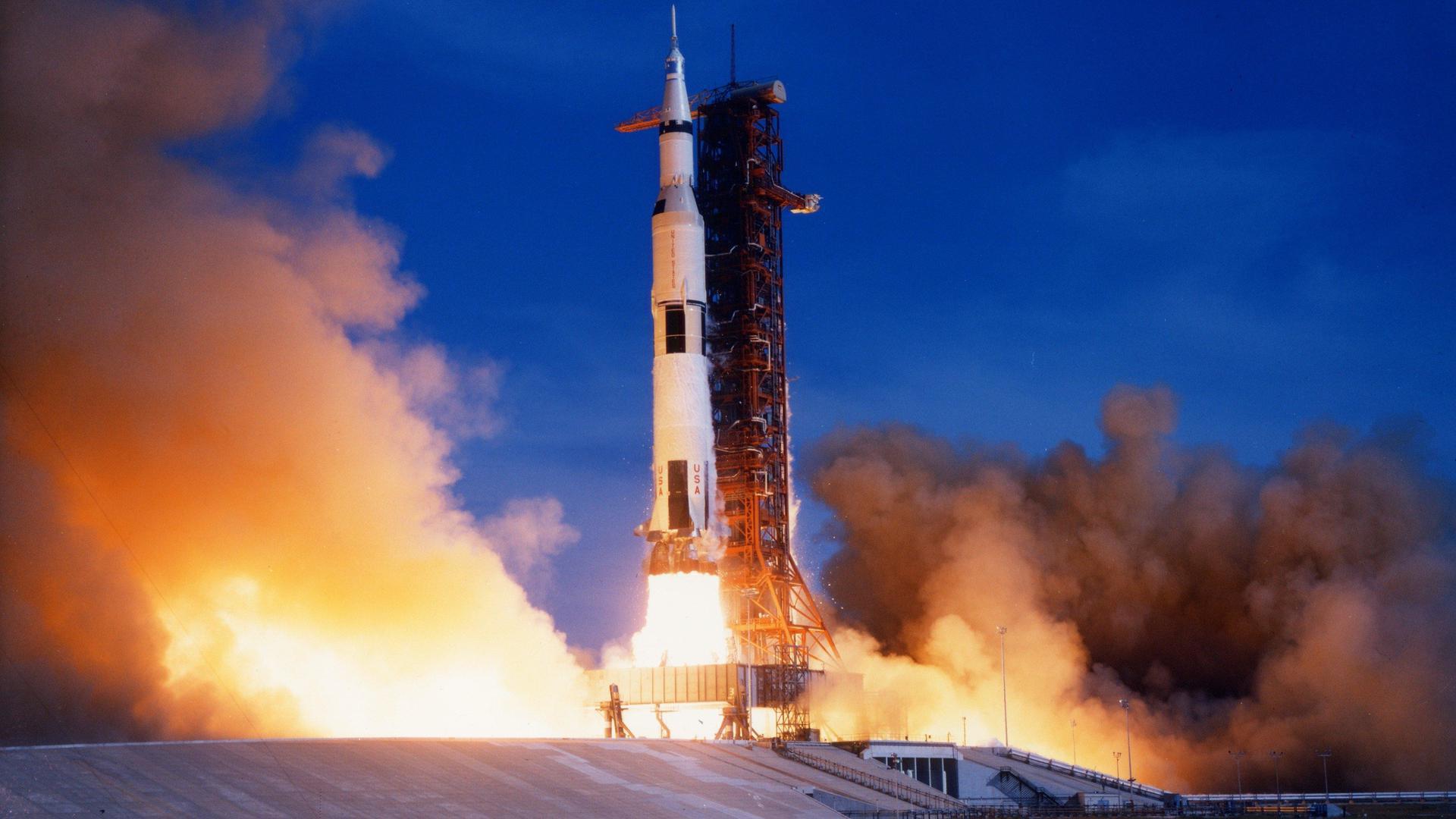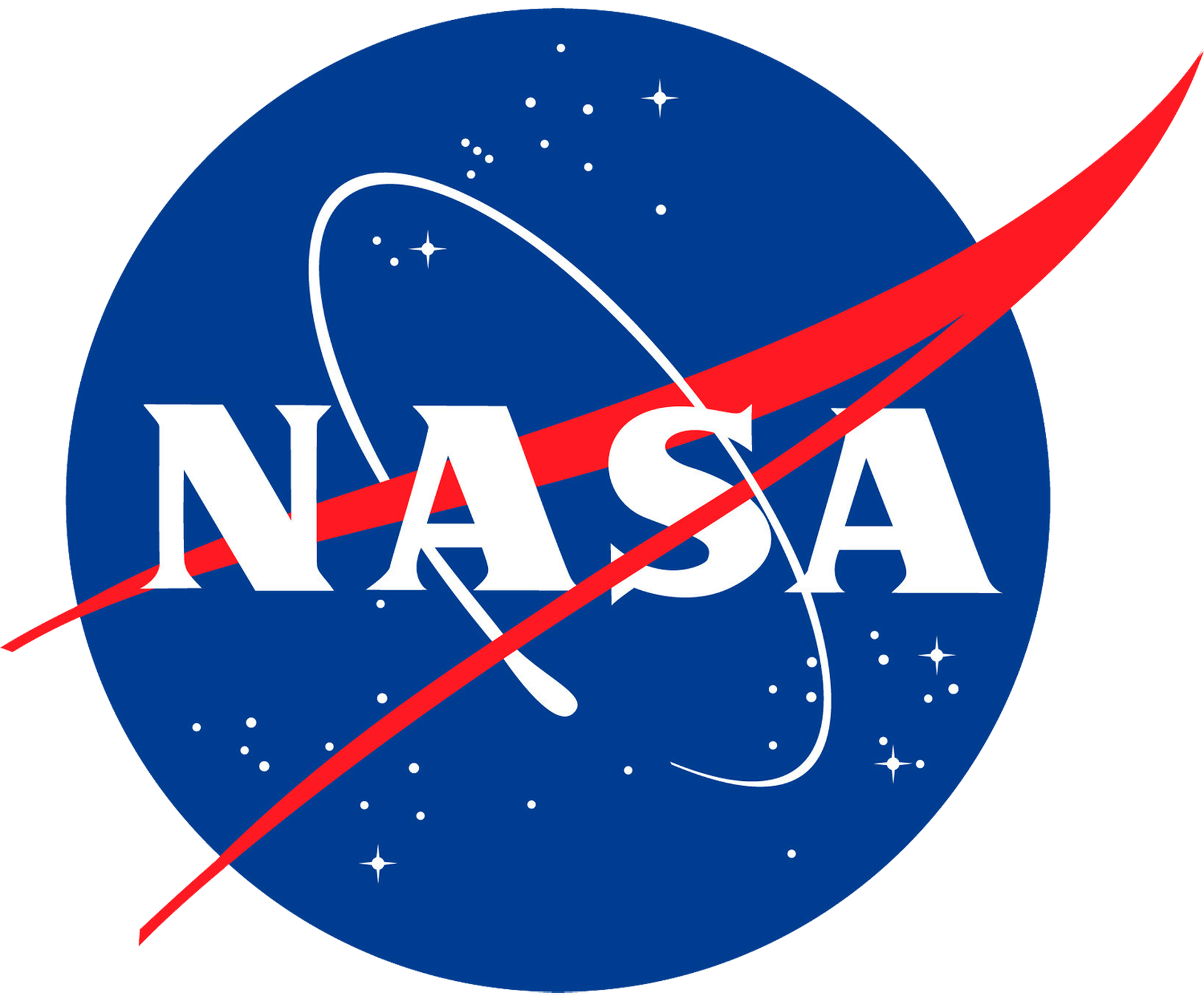Apollo 17
Saturn V
National Aeronautics and Space Administration
Crew
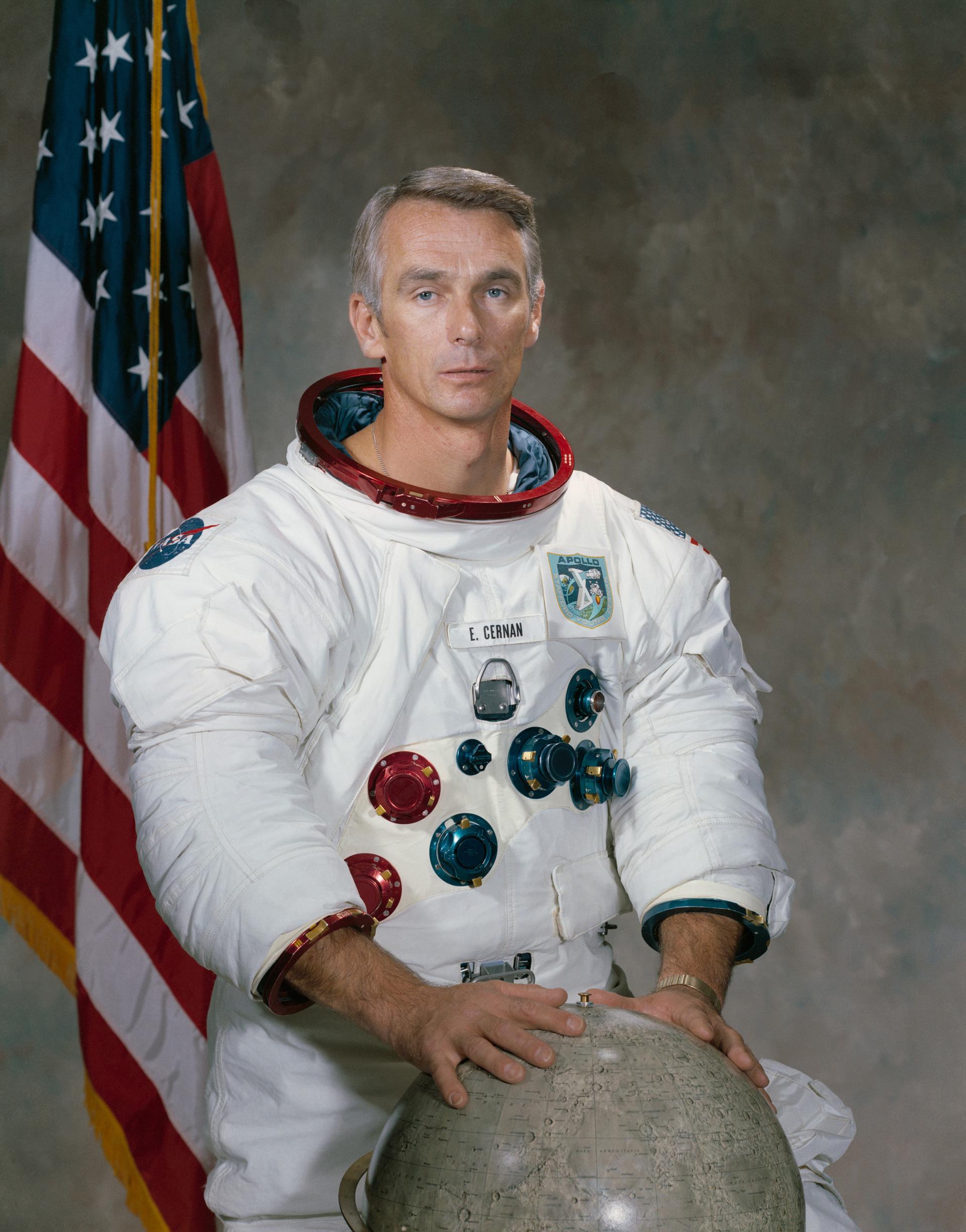
Gene Cernan
- Birthday: 03/14/1934
- Role: Commander
- Nationality: American
- First Flight: 06/03/1966
- Last Flight: 12/07/1972
Eugene Andrew Cernan was an American astronaut, naval aviator, electrical engineer, aeronautical engineer, and fighter pilot. During the Apollo 17 mission, Cernan became the eleventh person to walk on the Moon. Since he re-entered the lunar module after Harrison Schmitt on their third and final lunar excursion, he is the last person to have walked on the Moon.
Cernan traveled into space three times; as pilot of Gemini 9A in June 1966, as lunar module pilot of Apollo 10 in May 1969, and as commander of Apollo 17 in December 1972, the final Apollo lunar landing. Cernan was also a backup crew member of the Gemini 12, Apollo 7 and Apollo 14 space missions.
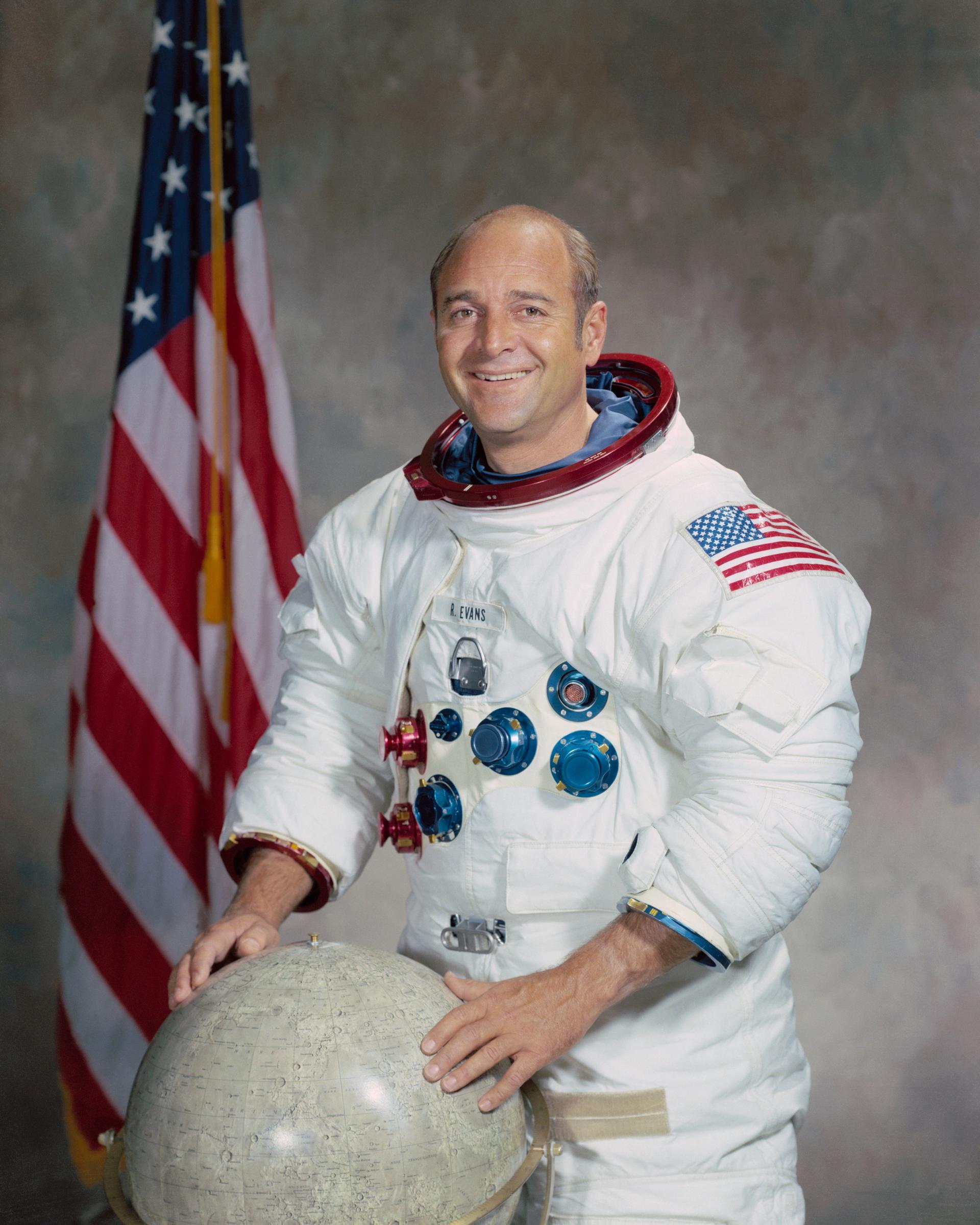
Ronald Evans
- Birthday: 11/10/1933
- Role: Command Module Pilot
- Nationality: American
- First Flight: 12/07/1972
- Last Flight: 12/07/1972
Ronald Ellwin Evans Jr. was an American naval officer and aviator, electrical engineer, aeronautical engineer, and NASA astronaut, also one of only 24 people to have flown to the Moon.
Evans was selected as an astronaut by NASA as part of Astronaut Group 5 in 1966 and made his first and only flight into space as Command Module Pilot aboard Apollo 17 in 1972, the last manned mission to the Moon to date, with Commander Eugene Cernan and Lunar Module Pilot Harrison Schmitt. During the flight, he orbited the Moon as his two crewmates descended to the surface. Consequently, he is the last person to orbit the Moon alone and holds the record for the most time spent in lunar orbit at 148 hours. In 1975 Evans served as backup Command Module Pilot for the Apollo-Soyuz Test Project mission.
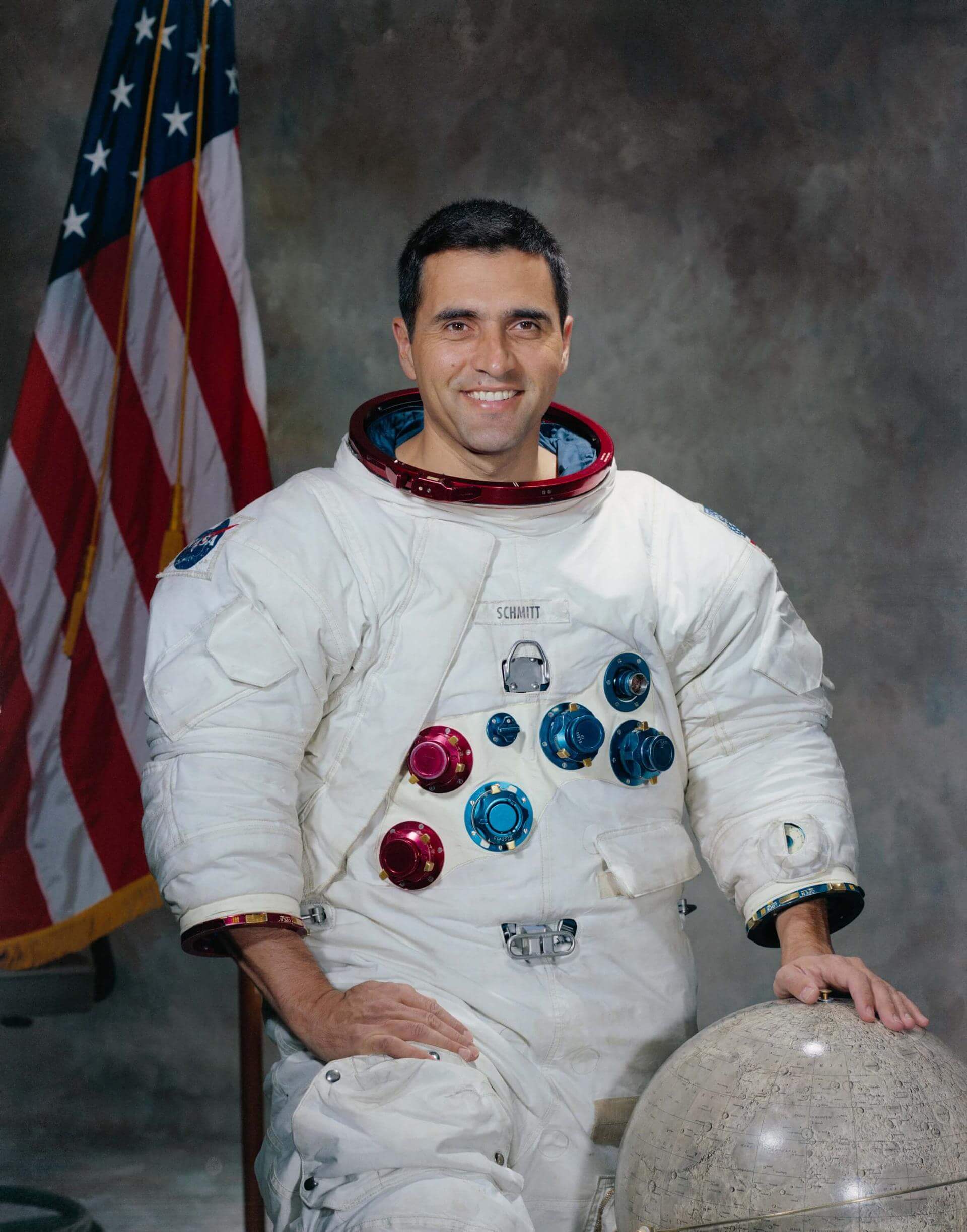
Harrison Schmitt
- Birthday: 07/03/1935
- Role: Lunar Module Pilot
- Nationality: American
- First Flight: 12/07/1972
- Last Flight: 12/07/1972
Harrison Hagan “Jack” Schmitt is an American geologist, retired NASA astronaut, university professor, former U.S. senator from New Mexico, and the most recent living person to have walked on the Moon. As of 2018, he is also the last living crew member of Apollo 17.
Mission
Apollo 17
- Type: Human Exploration
- Orbit: Lunar Orbit
Apollo 17 was the final mission of the Apollo program. The craft was crewed by Commander Eugene Cernan, Lunar Module Pilot Harrison Schmitt & Command Module Pilot Ronald Evans. The mission lasted for 12 days, 13 hours, 51 minutes and 59 seconds during which time Cernan & Schmitt spent 3 days on lunar surface completing three moonwalks to collect lunar samples and install scientific instruments on the surface. Apollo 17 was the last time human beings have gone beyond Low Earth Orbit.
Location
Rocket
National Aeronautics and Space Administration Saturn V
The Saturn V was a human-rated expendable rocket used by NASA between 1967 and 1973. Most notably, the Saturn V took the Apollo program to the Moon. It still remains the world’s tallest, heaviest, and most powerful rocket ever brought to operational status and is the only launch vehicle to take humans beyond LEO.
Agency
National Aeronautics and Space Administration
The National Aeronautics and Space Administration is an independent agency of the executive branch of the United States federal government responsible for the civilian space program, as well as aeronautics and aerospace research. NASA have many launch facilities but most are inactive. The most commonly used pad will be LC-39B at Kennedy Space Center in Florida.
